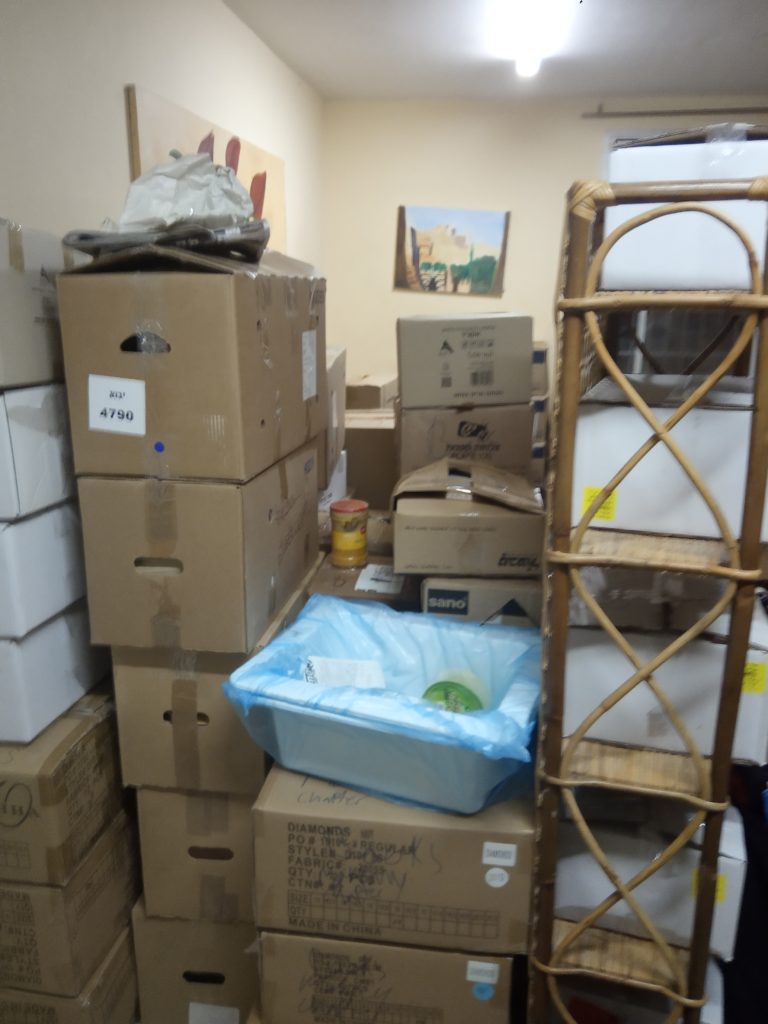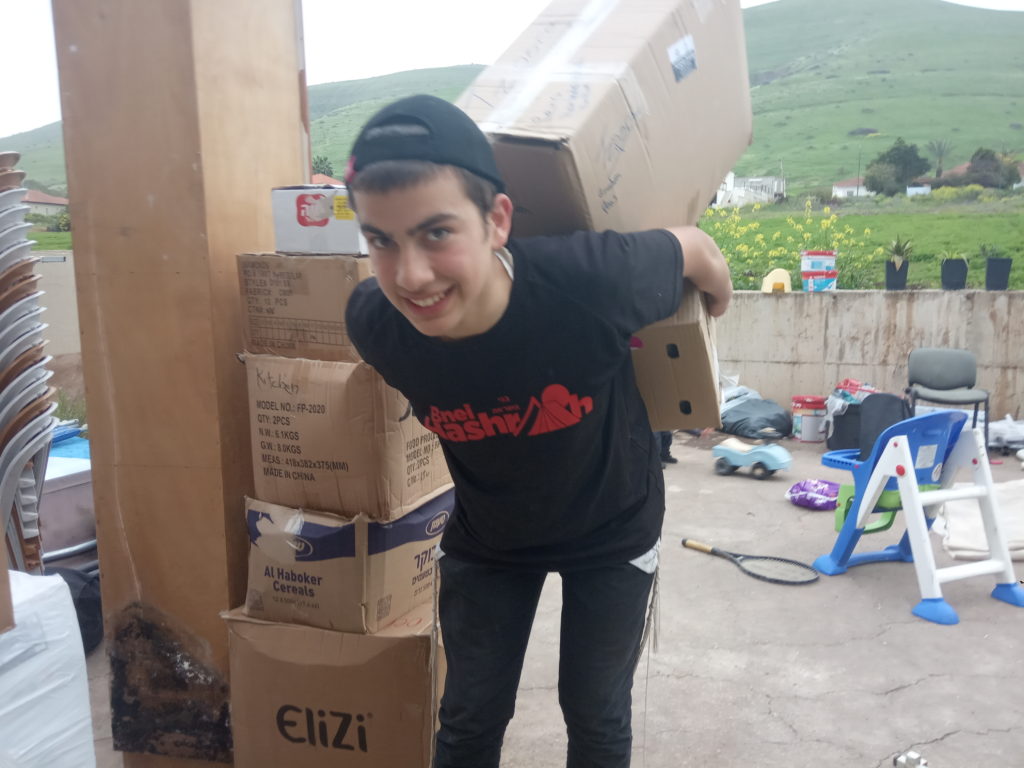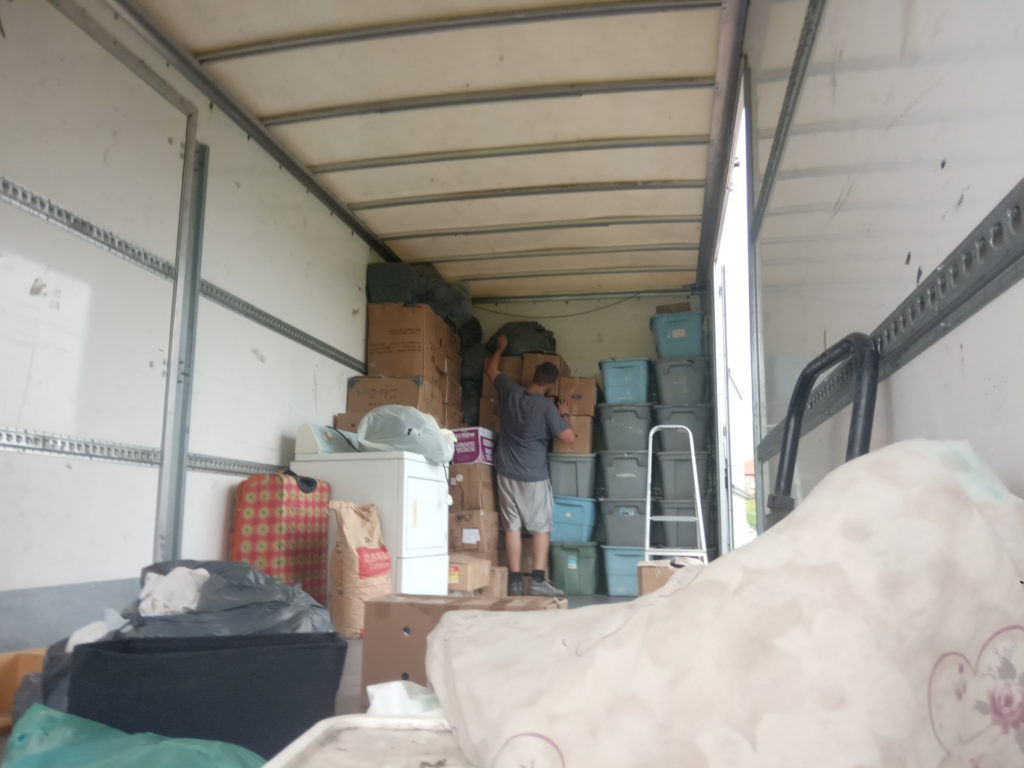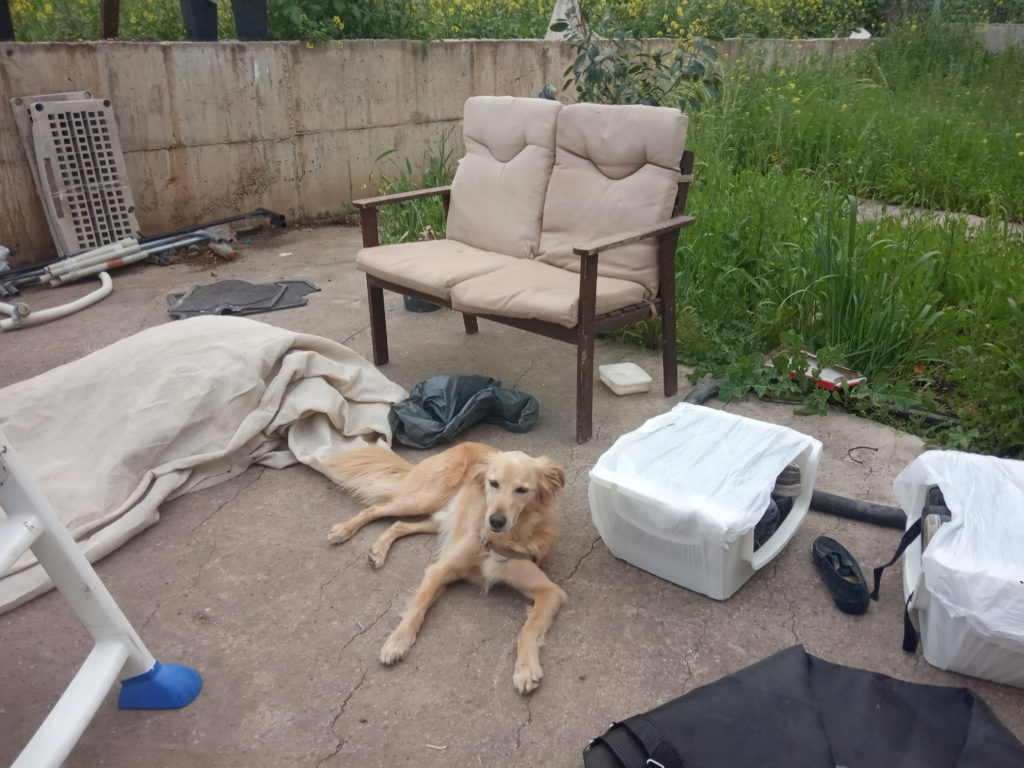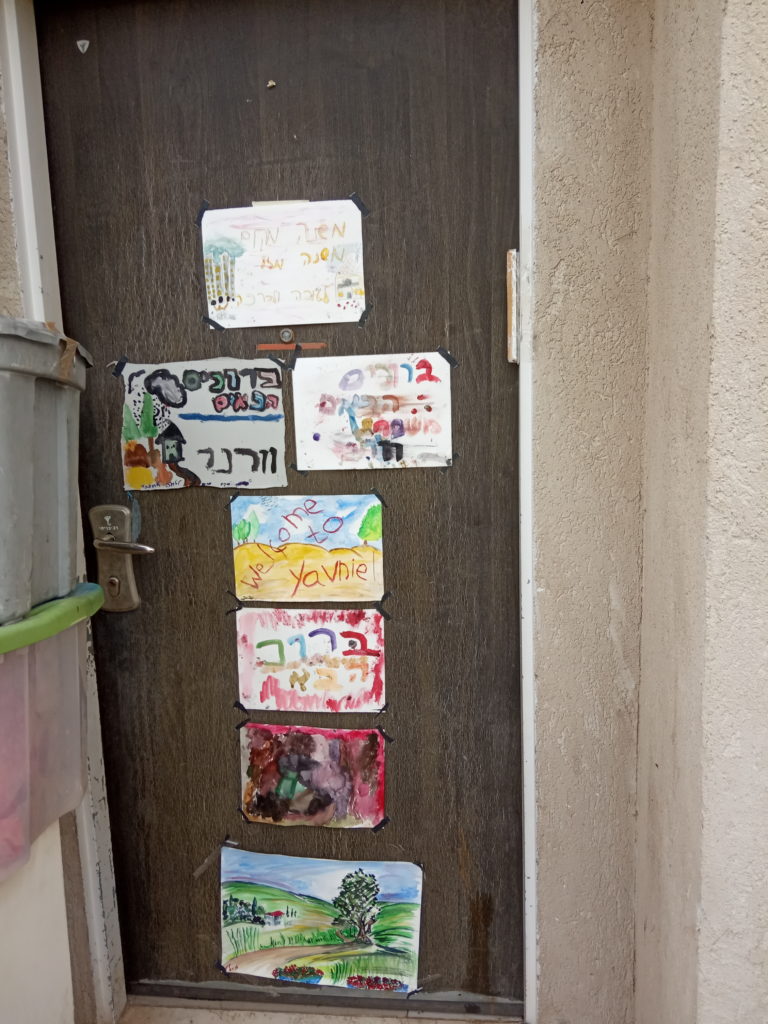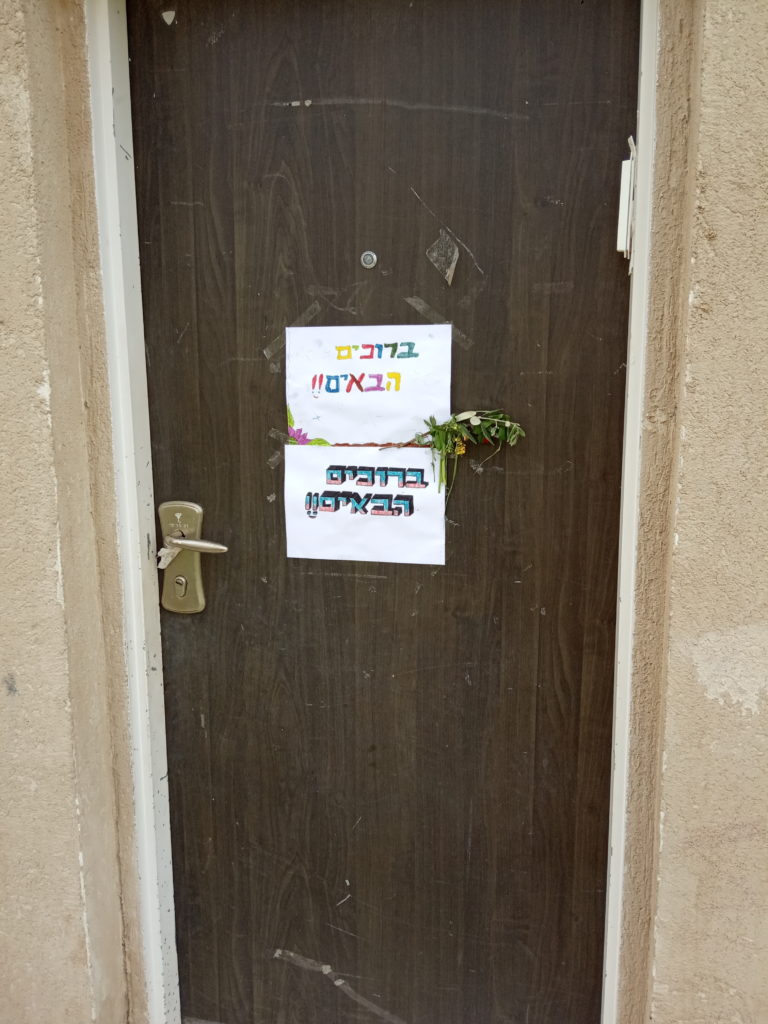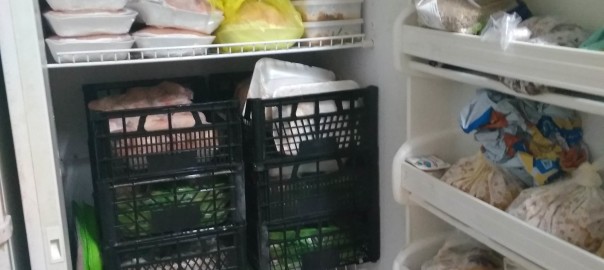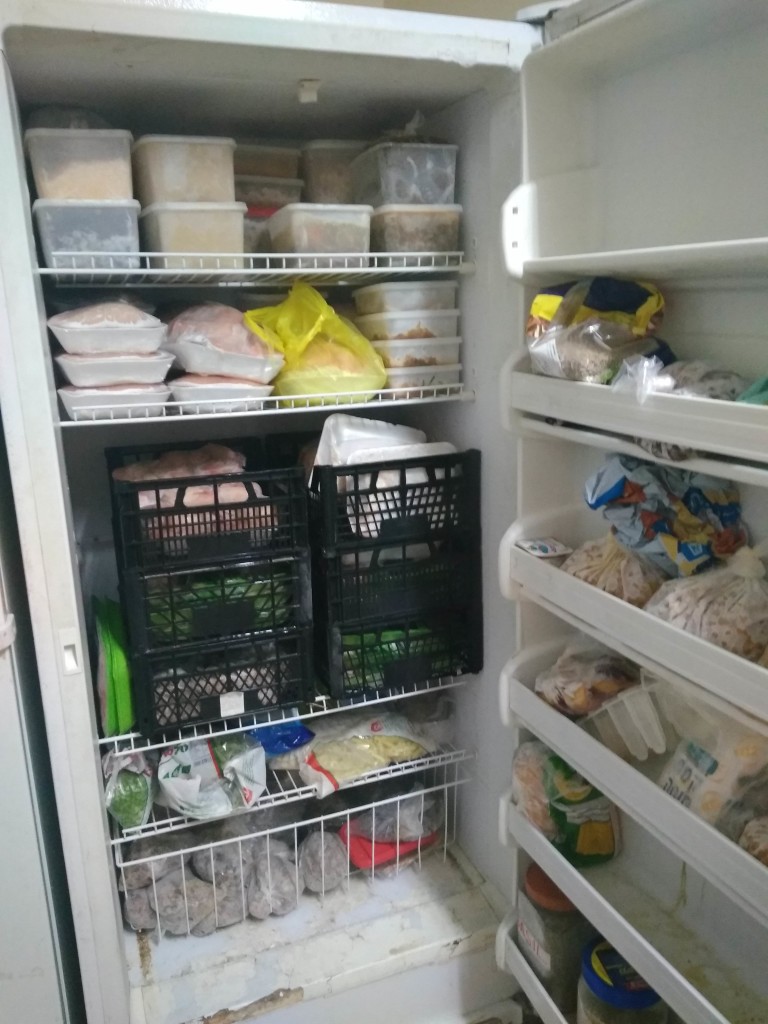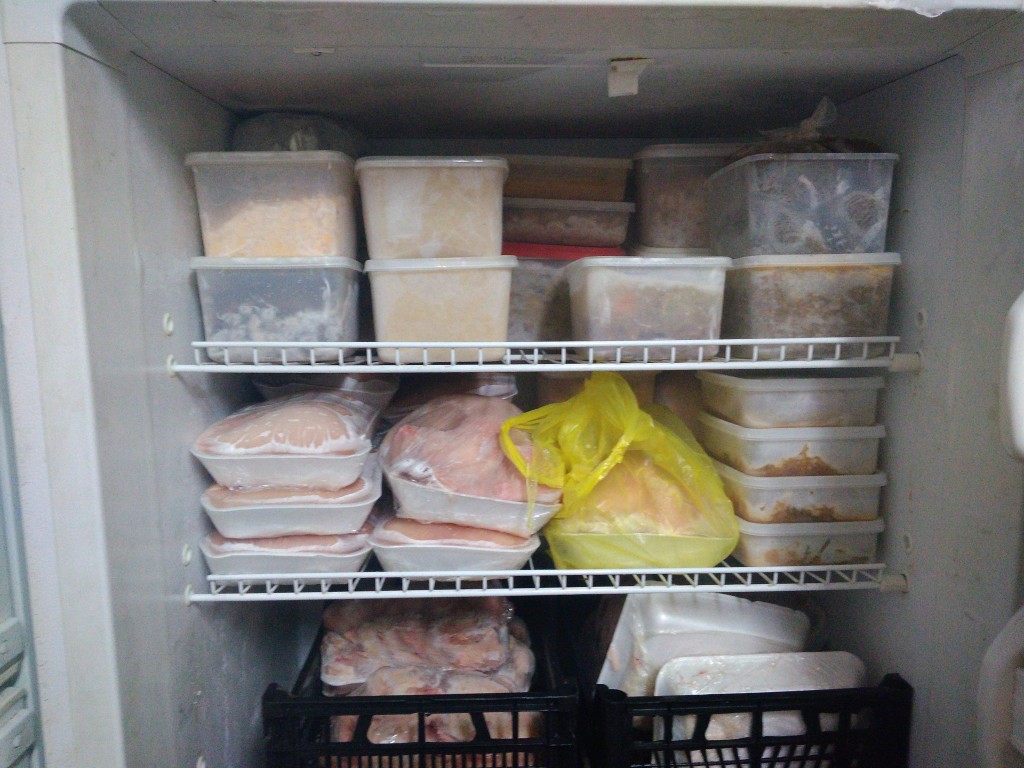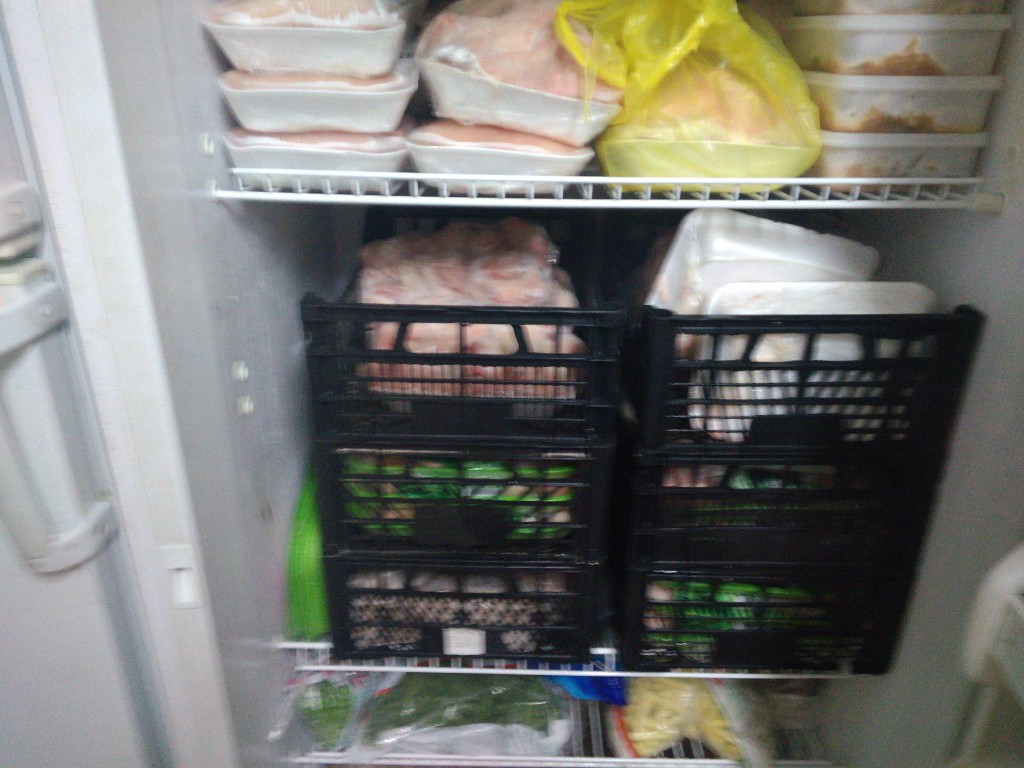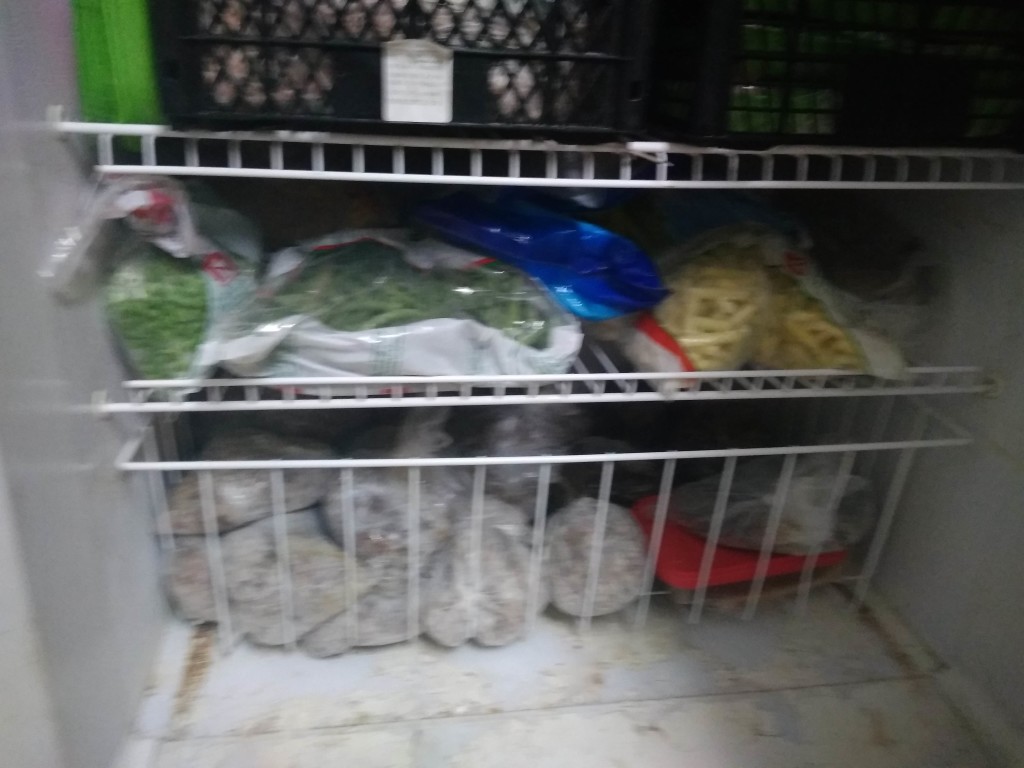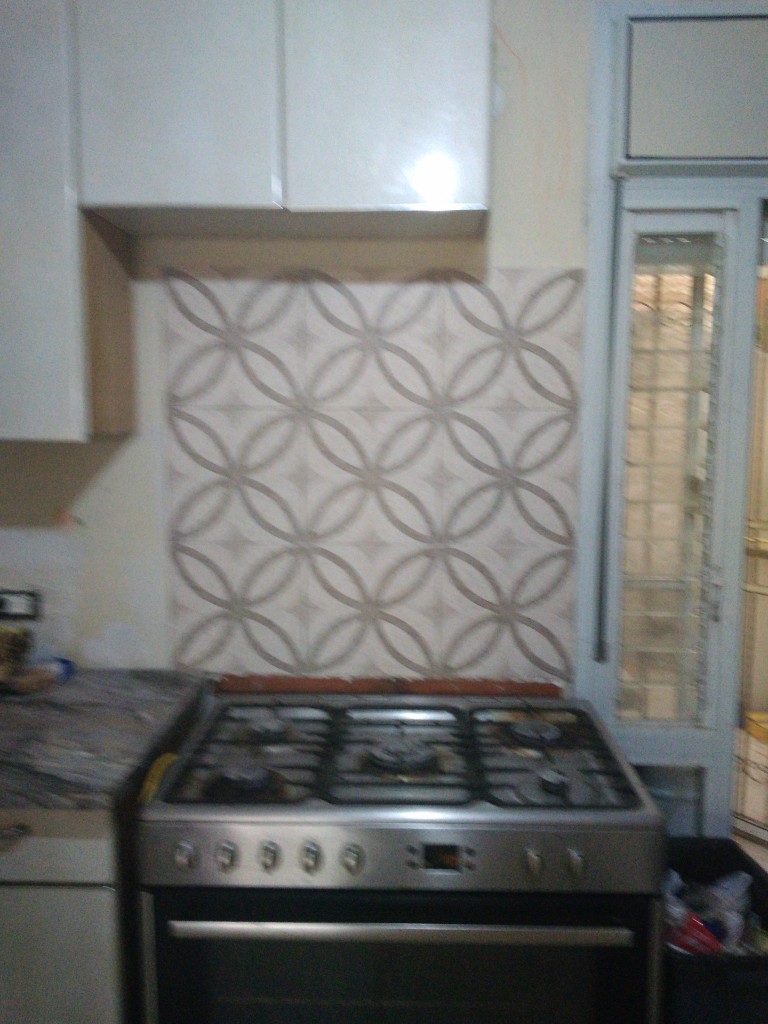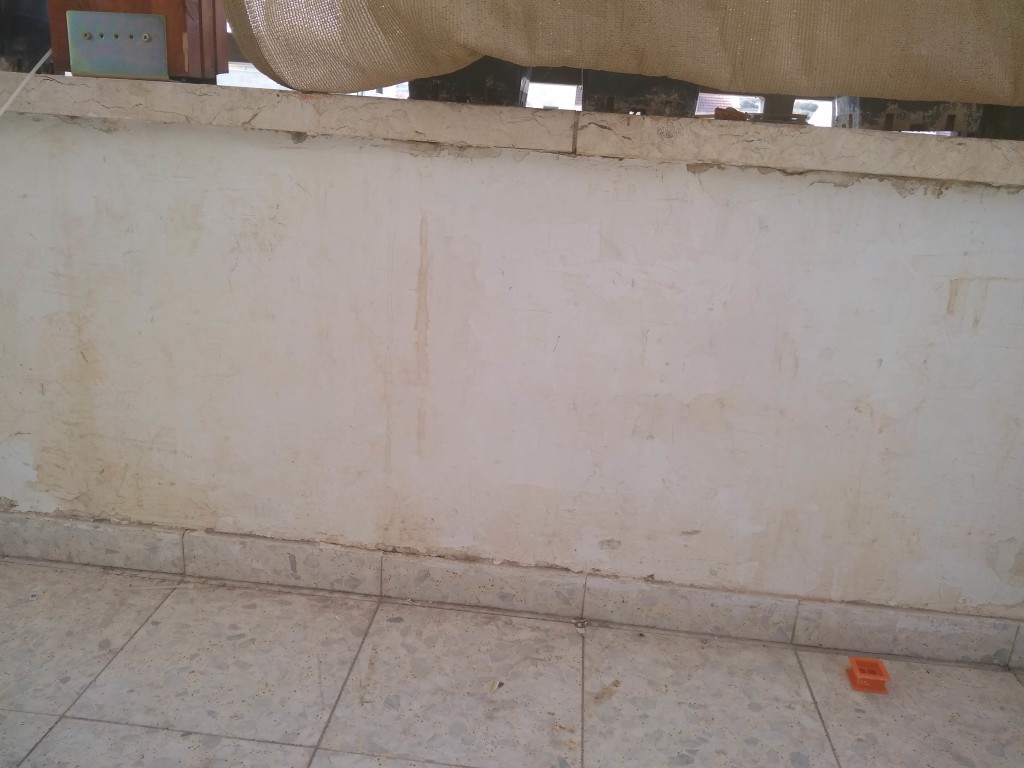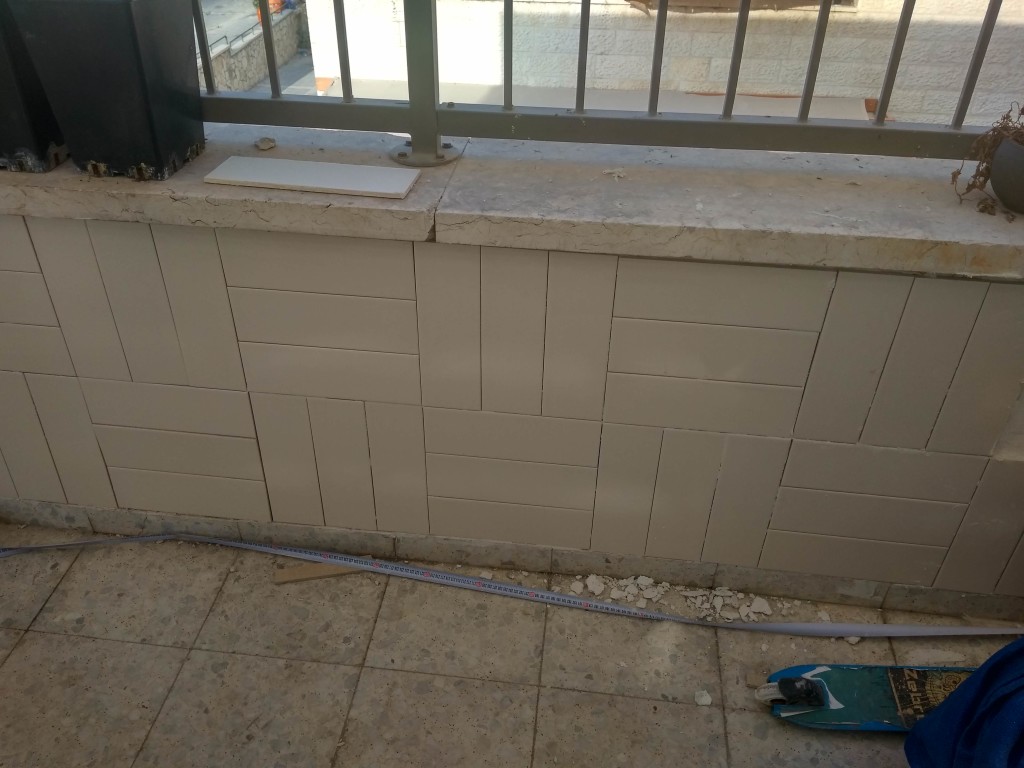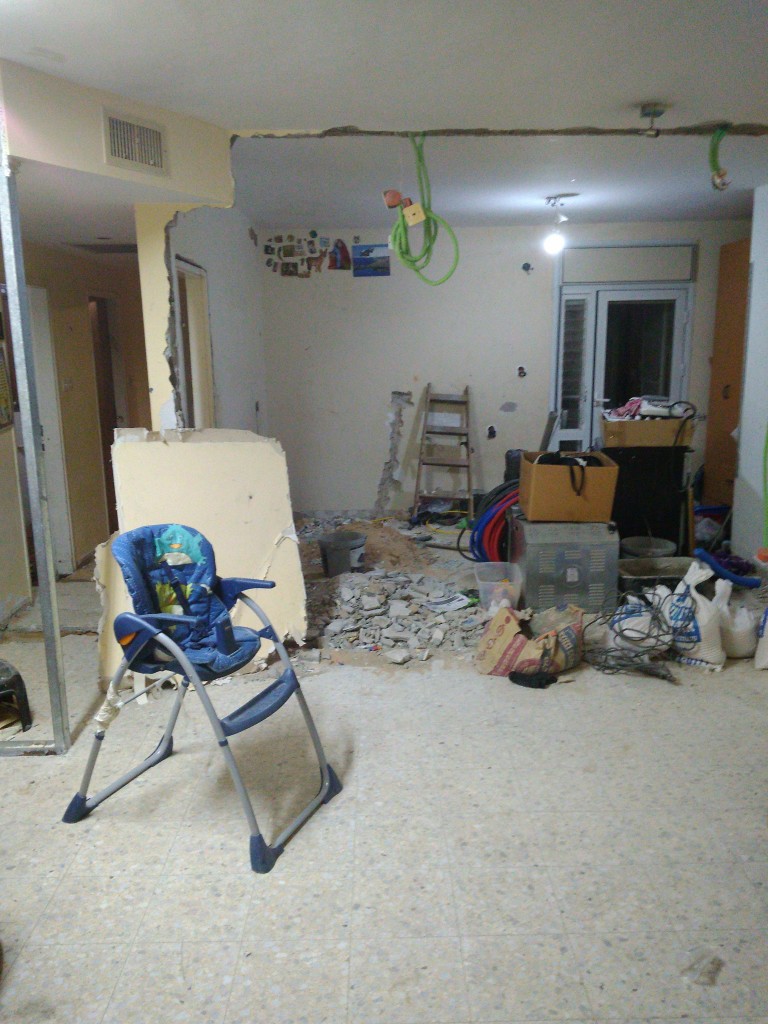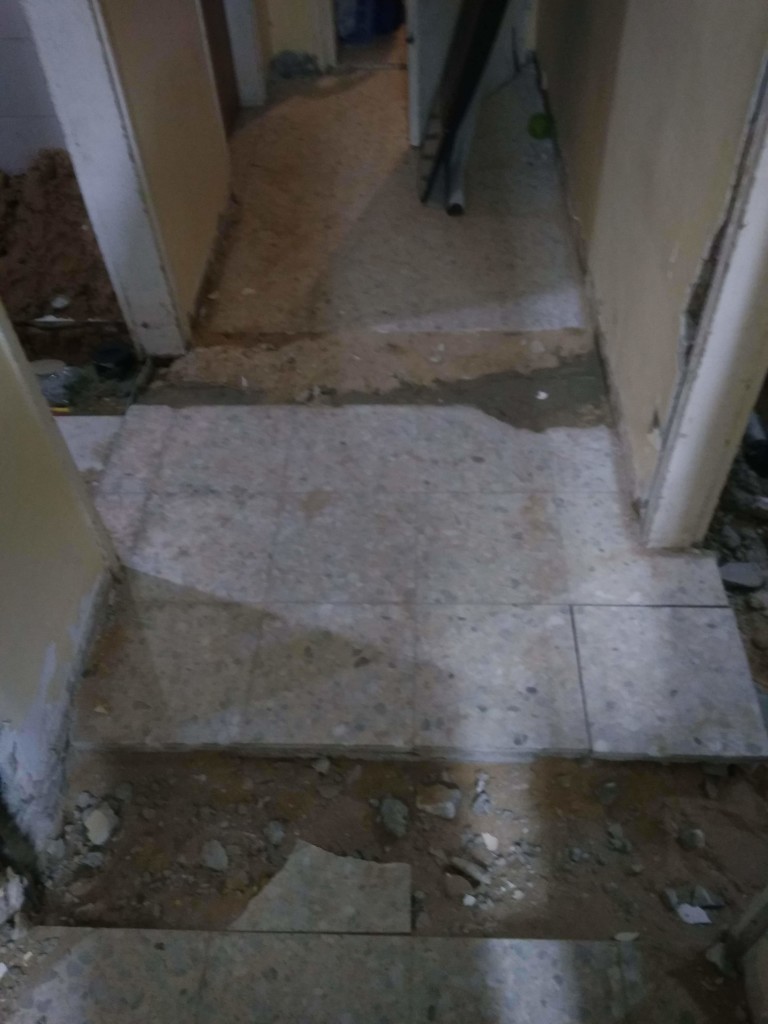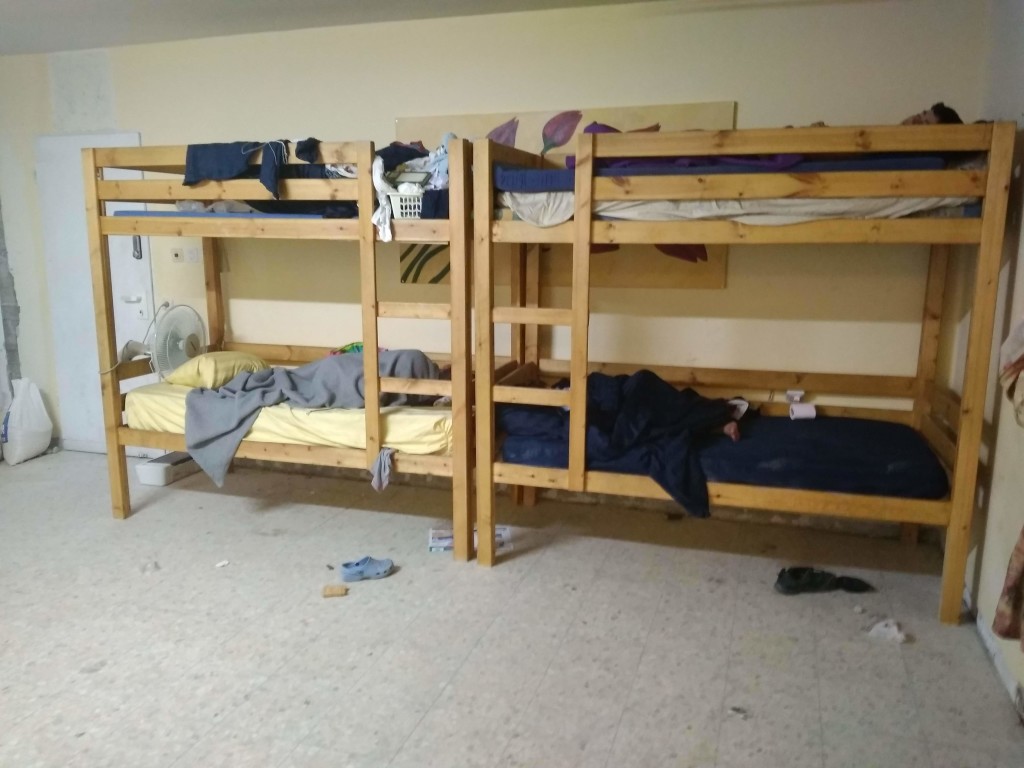Since moving a week and a half ago, we’ve been super busy. The days are full, but as busy as we’ve been, it’s been enjoyable and we haven’t felt rushed.
In addition to rebuilding closets, unpacking and settling in, here’s some more that we’ve been up to.
Clearing junk – First of all, we needed to clear out the large amount of junk that was left behind. Though this shouldn’t have been left for us to deal with, we appreciated the seller let us move in before the sale was complete, and considered this the price for our early move. It was a lot of stuff and definitely a task of its own.
The bulk trash pickup system here is very different than what I was used to in a city! After piling it near the driveway, I had to call someone who works for the municipality to come and pick it up. It took a few days but at 8 am one morning, there was a knock on my door and there was the guy for the bulk pickup, telling me to send out someone to load the stuff onto his tractor.
I went out to see a trailer hooked up to his tractor, and a few of the boys ran out to load it up. It was great to get all that trash out and have a fresh slate to get working!
Pergolas – Even though there is plenty to do inside, we decided our first big project would be building a pergola. Right now the weather is so beautiful and working outside is a pleasure – that won’t be the case for much longer! We have a very sunny exposure and it gets incredibly hot here in the summer. Having a pergola will provide us with a shaded outdoor area for playing and hanging out, so we can enjoy the outdoors rather than escaping inside to the a/c.
I wanted to build a large pergola on the front of the house and a smaller pergola on the side, to create two different areas for relaxing and playing.
Ds21 is not only highly competent, he’s a really good team leader. He had all of the other kids (except ds3) involved in moving lumber from the end of our walkway where the delivery truck left it, and then painting all of it.
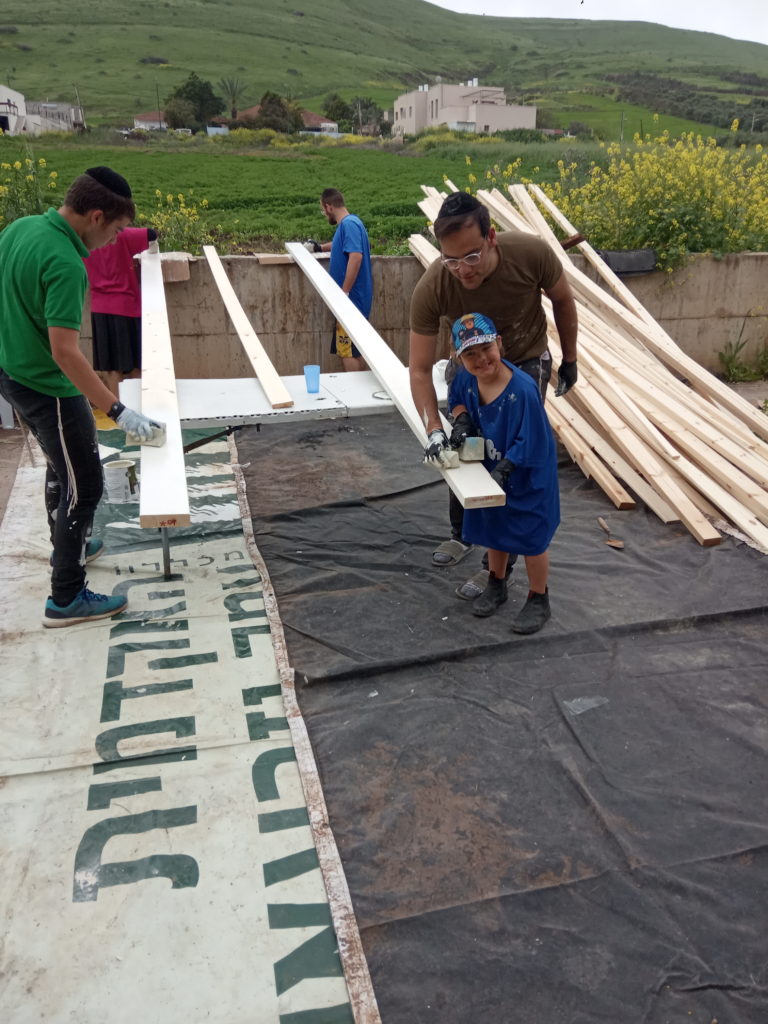
For the actual building, he instructed ds14, ds12 and ds17 so they were learning as they went along (dd19 and dd23 were very involved in building our last pergola in RBS). I really appreciate them having the opportunity to learn real life skills. Working on a project like this builds competence as well as confidence.
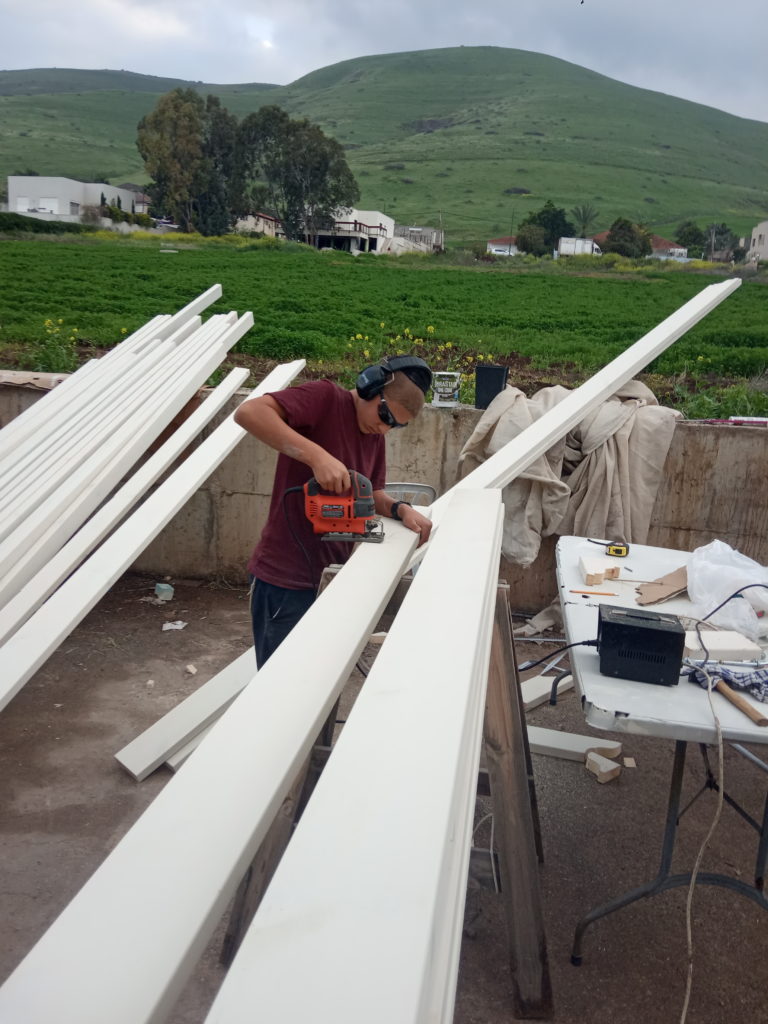




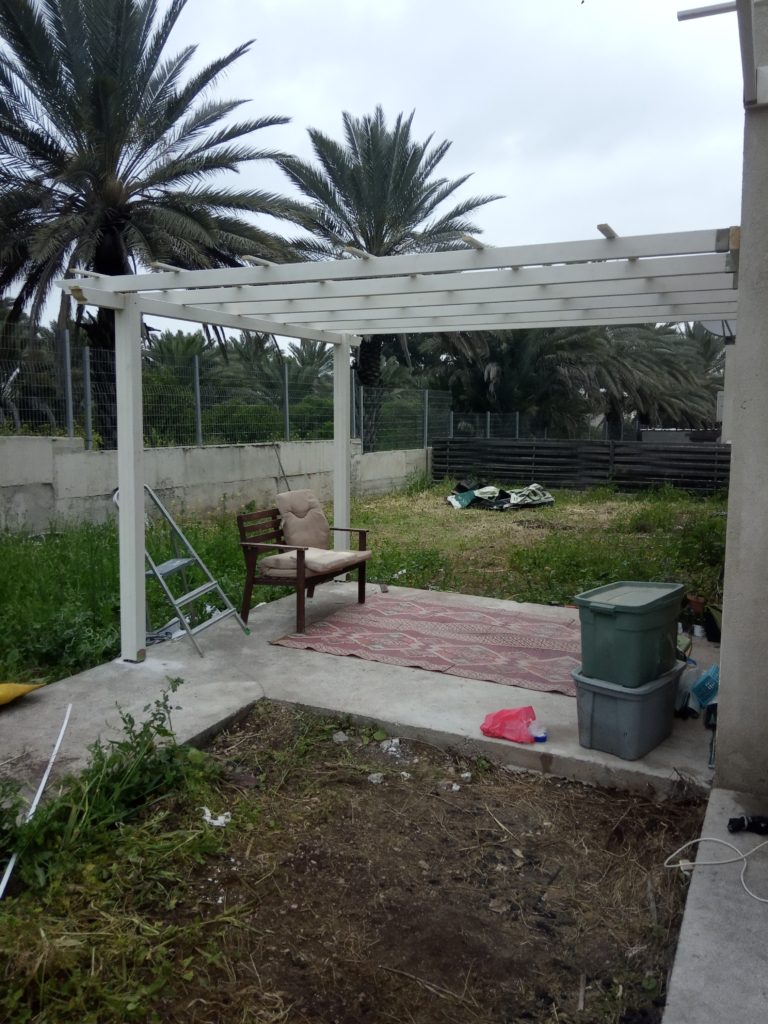
Gate – The yard has a wall around most of it, with an opening in the front and back. I have two young children and a dog who I’d like to let run freely in our garden without worrying they’re going somewhere they shouldn’t. Ds21 and ds14 built a gate and a small fence next to it, to make our space safer for them.
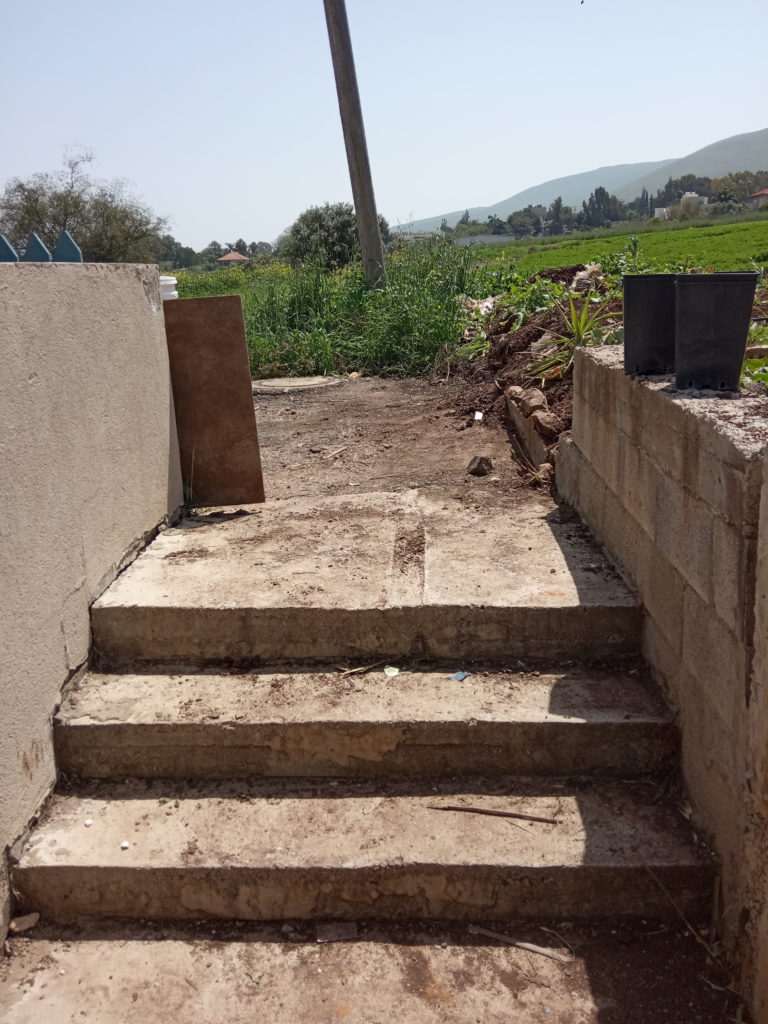
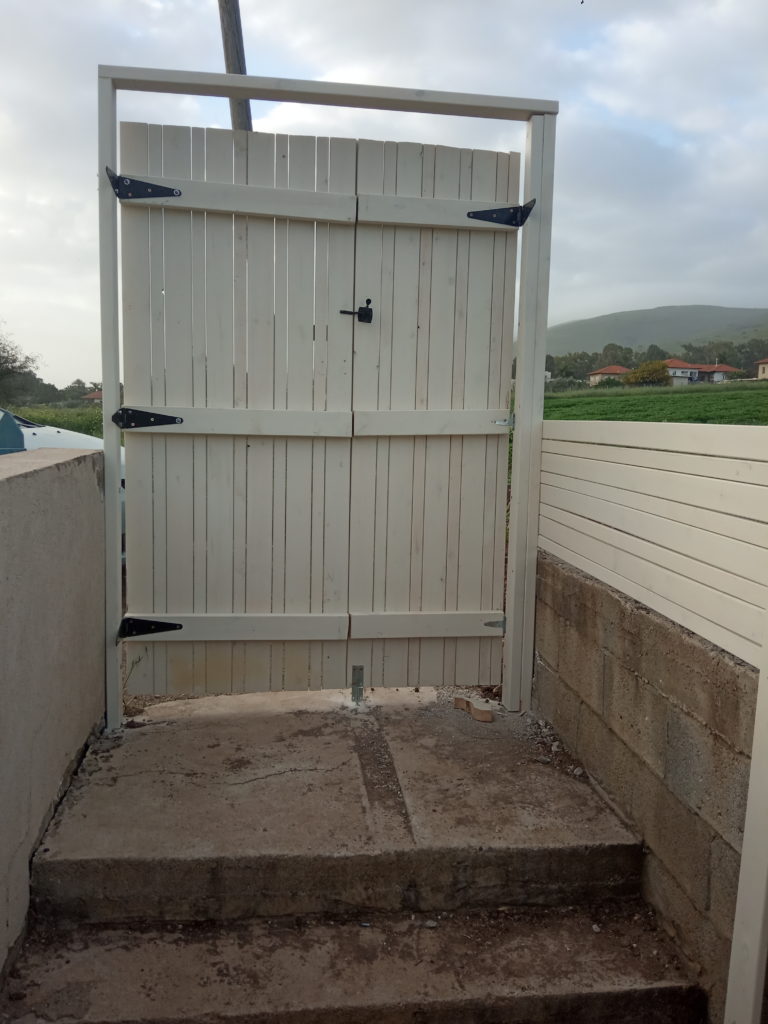
Chickens/duck research – the yard is a huge overgrown space, filled with tall weeds. I’ve been thinking a lot about getting chickens, since they are the ultimate composting/tilling machines They are super practical! However, I’m strongly drawn to ducks (they are so cute and entertaining!!), even though they aren’t as efficient when it comes to eating leftovers.
I found a seller of the breed of ducks I’m interested in, but due to the lockdown situation I’m not able to pick them up. So I’m deliberating about getting chickens locally in the meantime or waiting a while to add any livestock to our mini-homestead. 🙂
I’ve also been thinking about putting in fruit trees. I would love to get them into the ground before Pesach and prepared my order to call it into the nursery, which delivers. Realistically with all that we have to do in the house and getting ready for Pesach (haven’t even started getting the kitchen ready!), it’s too much to add a project like this in the next two days.
I was ready to push to get it done until I realized there is no external faucet for the garden. Not only no faucet, but no plumbing was laid to connect us to the main water source (there’s different water for gardens) from the municipality. How in the world do you build a house with a large garden and not build the infrastructure to connect to the water system?!? It seems we have to contact the water company to find out what’s involved in getting pipes laid and hooked up and since I haven’t yet done that (I’ve been plenty busy with other things!), I have no idea what that entails in terms of cost or time.
Planting the trees without having a watering system in place is going to be much more work than I’m ready for, so as much as I would love to get them in now while it’s still cool and wet, I’m reluctantly going to have to wait.
I’ve been doing lots of weed pulling, and started putting in landscaping plants along with some vegetable plants. I love waking up early and working in the garden while everyone else is still sleeping. I love it!! When I’m gardening I enjoy it so much that I don’t realize how much work it is, but now I’m stiff and sore from the unexpected workouts!
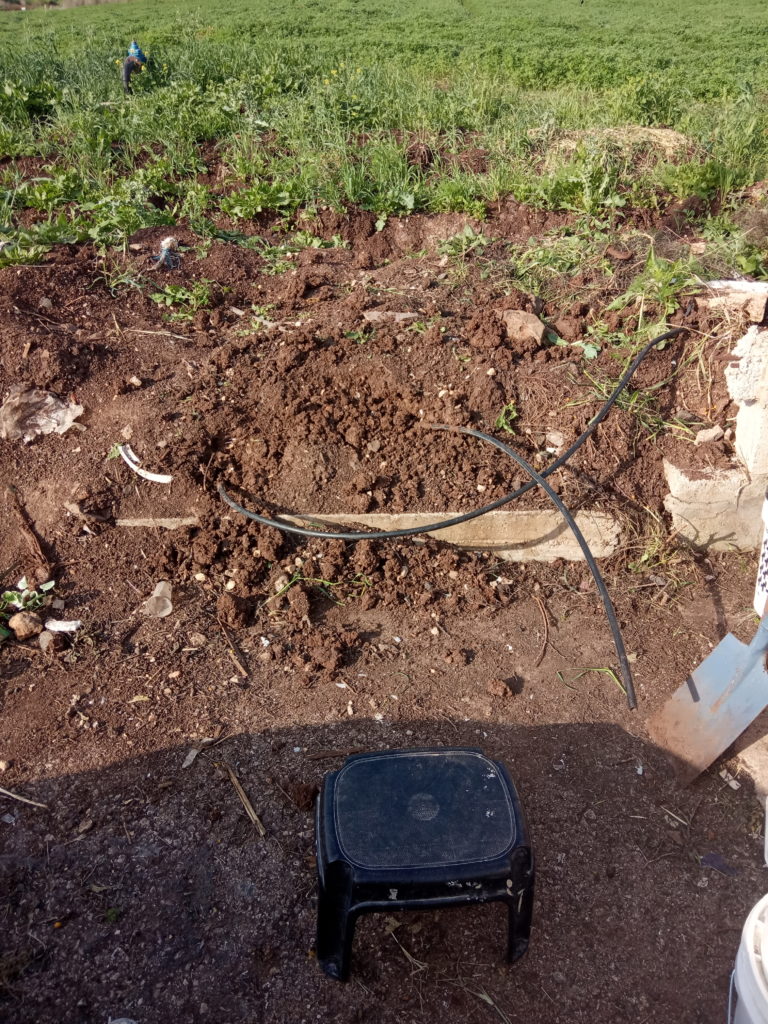

Painting – Last year a leak from the porch upstairs had caused unsightly peeling paint on the ceiling below in several places. Immediately after signing on the home in the fall we had the core issue fixed so there is no new water damage despite the extensive rains this year, but we still had to deal with the remaining cosmetic damage.
We scraped down the ceiling, spackled it, resanded it, painted it and now it looks so good! We have lots more painting to do – the main floor is mostly okay but the upstairs is in serious need of painting in every single room. That’s going to be a big project since the people before us stuck up some adhesive fake brick stuff in the main area that we’re going to have to take down, then do lots of spackling and sanding before we get to the point we can paint it. That will definitely not happen before Pesach!
I wanted to have the colors of the ocean for the living room, so I chose pale sand and pale teal paint colors. Due to the lockdown I ordered the colors from my computer instead of going in person. Unfortunately, things look different on a screen, so I now have a light blue instead of teal! It looks nice, though quite different than what I was envisioning.
The boys painted one bedroom upstairs, and hopefully will do another couple of rooms today.
We still have lots of unpacking and organizing to do, which is impeded by not being able to buy the furniture we’re missing. If I would buy new, I could have it delivered but it still wouldn’t have been here before Pesach, and in any case that’s not what I budgeted for. So I’ll have to wait until the restrictions are lifted to buy from private sellers; for now, I’ve made a makeshift closet for my room by stacking several sturdy boxes on top of each other. It’s not beautiful but it’s better than unpacked boxes all over the floor!
Dog grooming – Our dog loves running through the grassy fields surrounding our home! This has created a new topic for us to learn about – ticks. 🙁 To make it easier to see if something attached to him, ds17 gave Sheleg a haircut – it doesn’t look professional but considering it was his first time, he did a great job! It’s much more functional. We’ve all gotten a quickie course in recognizing and removing ticks. Fun times.
There’s so much to do, and it’s so nice being able to do this together, with everyone is home.
And today, I’m going to get started on getting my kitchen ready for Pesach!
Avivah



